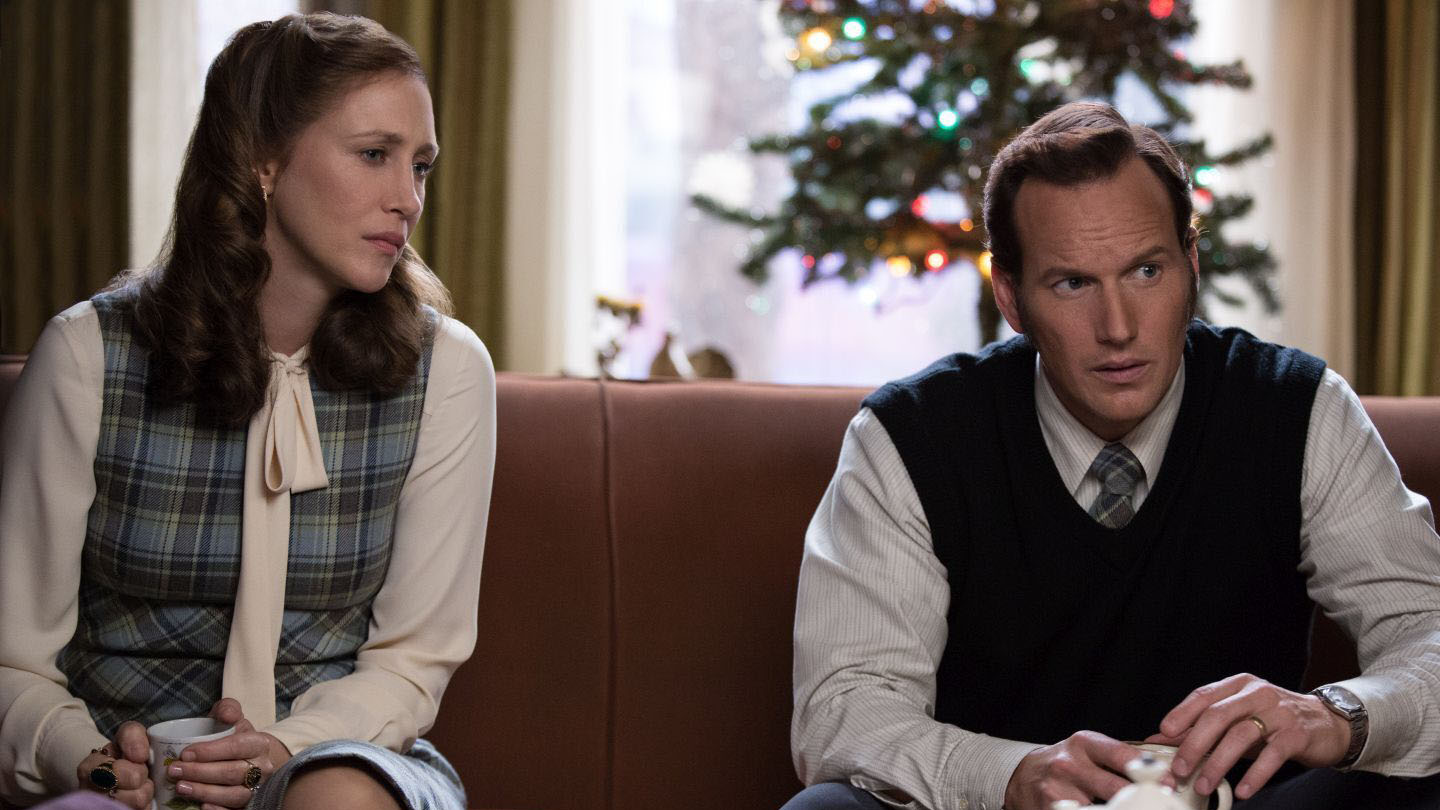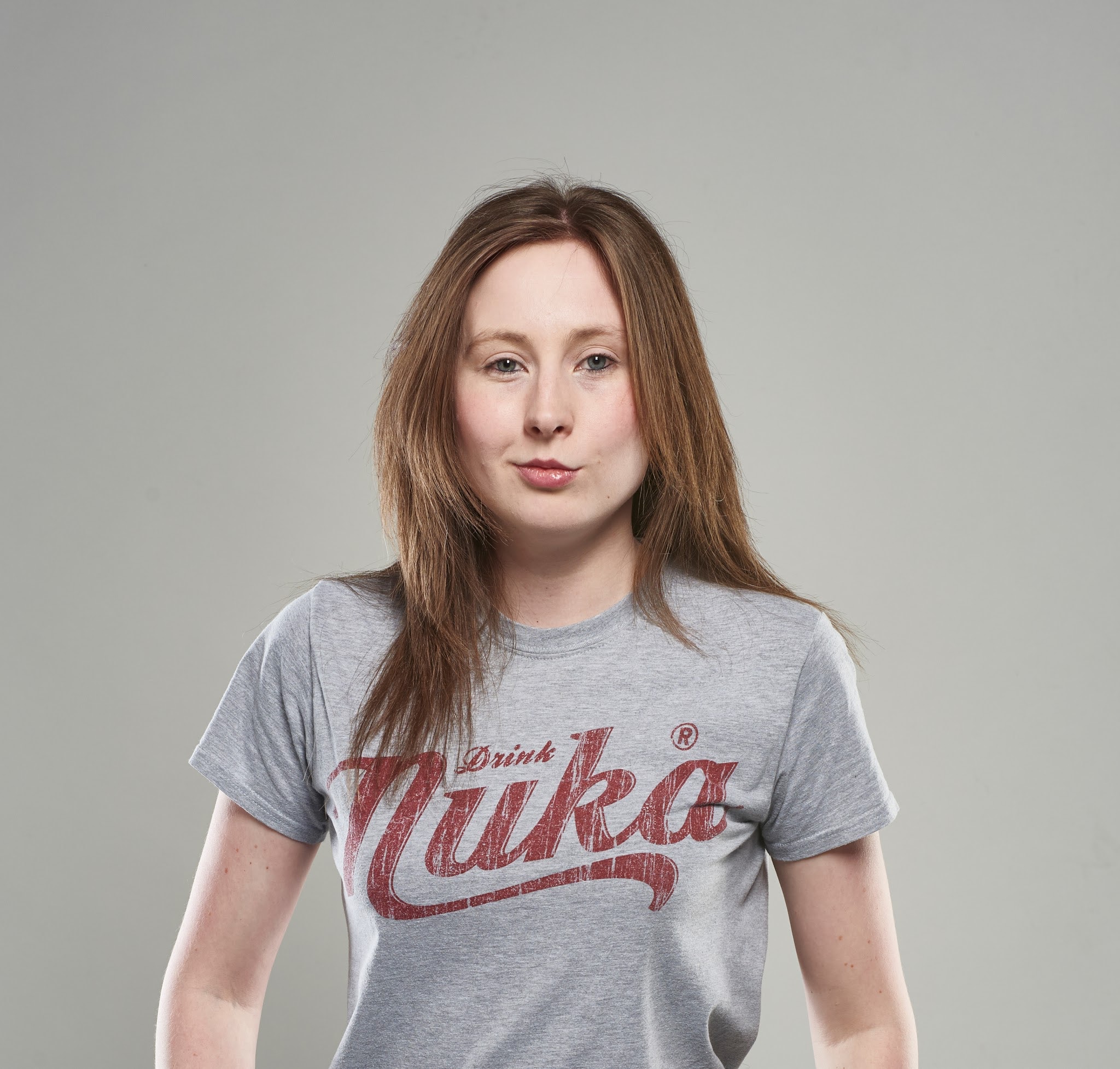Building fear - How The Conjuring 2's James Wan is redefining modern horror

Horror lives in the unknown. It hides in abandoned asylums, in catacombs where long-missing miners stalk with pickaxes, in haunted cabins in the woods and on lonely roads in abandoned forests with no access to social media. These are safe places for nasty things to lurk. Controlled by distance, common sense and stupidity. Don’t want to die? Maybe don’t do a ouija board with your really attractive friends in a shuttered hospital? Stay home and watch Netflix instead. Nothing can find you there. Except maybe James Wan.
The director of Saw, Dead Silence, Insidious Chapters 1 and 2 (officially termed Insidii by actor Patrick Wilson who should know), The Conjuring and sequel The Conjuring 2: The Enfield Case out this week, Wan is a modern horror maestro who brings the fear home to you. While his films can be included in the so called ‘Blumhouse-ification’ of the genre over the last five years as we’ve enjoyed a glut of slick scares with low budgets and high box office returns, to dismiss them as churn would be sheer horror snobbery. The brilliantly terrifying The Conjuring is the second highest grossing horror movie of all time. The first? The Exorcist. No small feat. Wan knows his craft. And all he has to do to bring you true horror? Take you home. Where you think you’re safe from harm.
“I’ve always said that I’m a real chicken when it comes to scary movies, haunted houses or paranormal and supernatural stuff,” Wan tells me when we meet to talk about the Conjuring 2. “So because I’m able to know what’s scary, I think I can take that - ingest what is scary and then translate that cinematically on the screen. That’s the best way I can try and articulate my process. I try and create scenes and situations that feel very mundane, everyday and in that context, when you feel very related to the sequences, I like to come up with something unique and different and surprise the audience that way.”
And you don’t get much more mundane than a council house in London in the 1970s. The Enfield Case is probably one of the best documented and most contested hauntings in existence. A single mother and her three children were plagued by alleged spirits, with the youngest daughter, Janet, apparently possessed by a demon. The real recording of paranormal investigator Ed Warren interviewing the entity through Janet lives at the end of the Conjuring 2 and it’s difficult not to let chills scurry up your spine even if you’ve especially worn your cynic hat today. It’s unclear how much input Warren and his psychic wife Lorraine actually had on the case but they did visit the house and this makes a perfect follow up to the original Conjuring’s lesser known case. Plus, the movie starts with a certain Amityville House. Yes, that Amityville.
“You want to treat it with reverence. We know it’s a very important case in Britain,” says Patrick Wilson, who takes on the role of Ed Warren. “It’s perhaps the most talked about or studied case in British history and so you don’t want to make light of that. You want to honour that. At the same time, we’re making a movie and it’s not a documentary but even within that you do the research, you have the tapes. We saw the real Lorraine, who’s still with us and Janet and Margaret Hodgson - the real girls - reunited on our set. When you see them meet each other and you see these women who are just so thankful for what Lorraine had done or tried to do, you realise that at the core of this are human emotions and people that needed help and someone that was there to help them.”
While vast swathes of The Conjuring 2 thankfully come from James Wan’s imagination, it’s the heart of the film that cranks up the fear. We’ve all been children hiding under the duvet away from whatever lies in the dark. Even home alone on a rainy day, we’ve sat downstairs and wondered what creaked the floorboards in the seemingly empty room above. Wan’s fear construction is effortless, his best moments lie in the silence between scares. The seconds before a toy moves on its own, a chair rocks slowly or even when you see out of the corner of your eye that a remote control isn’t exactly where you left it. And this all takes place in the very real world, occupied by everyday people trying to get on with life. They just happen to be being set upon by vengeful spirits.

Wan’s set design too is fascinating. I quickly became obsessed with his version of an English council house in The Conjuring 2. A camera zooms in the window of a traditional semi detached only to find itself inside a veritable TARDIS of flat walls, tall beds, over emphasised creaking stairs and cracked doors. This is England but you’ve never seen it quite like this. A haunted house lives here and it might be different from the expansive, cavernous interiors of the original or the imposing mansion of Dead Silence (his brilliant under appreciated Ventriloquist dummy movie) but Wan’s set design has to be seen to be believed. This is a dollhouse of horrors and it positively shines in The Conjuring 2.
Bringing all the latest movie news, features, and reviews to your inbox
“I think in a lot of ways the reason why my movies look the way they do look is because of the way I design my shots and so a lot of the time I need my sets to be able to accommodate all the crazy things I want to do with my cameras and the way I want to tell my story with my cameras,” Wan ponders when I share my thoughts. “That’s very important. You’re right, it is a bit like a dollhouse because of that very voyeuristic approach to my filmmaking. I like to be able to look through a window, look at something from a distance, look down a stairway….”
It’s his environments where Wan finds true horror lives, not in his wide eyed demons, although they’re terrifying too. “All that stuff, for people who live in two storey houses, or big old houses - or even just old houses in general - I really love to capture that mood. That atmosphere,” he continues. “I actually tried to make the Conjuring 2 house much closer to the council housing over here than say the first Conjuring that was in a big farmhouse with a lot of space to move around. Ironically by making it smaller it’s actually a lot harder for me to move my camera around. I saw that limitation as a new approach to kind of my filmmaking and so I think it gives it a slightly different kind of flavour.”

Wan’s horror filmmaking can only be classed as traditional. This is the man who actually makes good on the promise of the traumatic string introduction of Insidious. It plugs itself into your brain like an electric current that buzzes through the rest of the movie. The music of The Conjuring too is joyously old fashioned. While swathes of modern horror tries to live in modern technology, Wan makes the analogue world traumatic with ominous violins and dramatic tension. He’s sneaked old horror back into the mix when we weren’t looking.
“Even all the way back to Saw my filmmaking has always been very classical,” he confirms. “My second movie kind of reflects that as well. Dead Silence. I’ve always been a fan of classical filmmaking. It’s only now that the general public are catching up to my style. Dead Silence was my love of old school Hammer horror films. All the British stuff that I grew up with loving so yeah I do tend to have a very classical style in my aesthetic.”
To say more about The Conjuring 2 would be to spoil it and despite an overly long run time, there’s too much joyously scary action in there to ruin. Like all of his movies, Wan has built a ghost train but by tunnelling into the very real fears of the dark, the space in the corner of your eye you just can’t see and the uncertainty of what lurks just out of the reach of your bedside lamp, his horror has never been smarter. Sweet dreams.
Louise Blain is a journalist and broadcaster specialising in gaming, technology, and entertainment. She is the presenter of BBC Radio 3’s monthly Sound of Gaming show and has a weekly consumer tech slot on BBC Radio Scotland. She can also be found on BBC Radio 4, BBC Five Live, Netflix UK's YouTube Channel, and on The Evolution of Horror podcast. As well as her work on GamesRadar, Louise writes for NME, T3, and TechRadar. When she’s not working, you can probably find her watching horror movies or playing an Assassin’s Creed game and getting distracted by Photo Mode.



